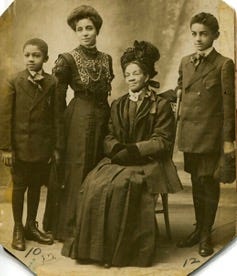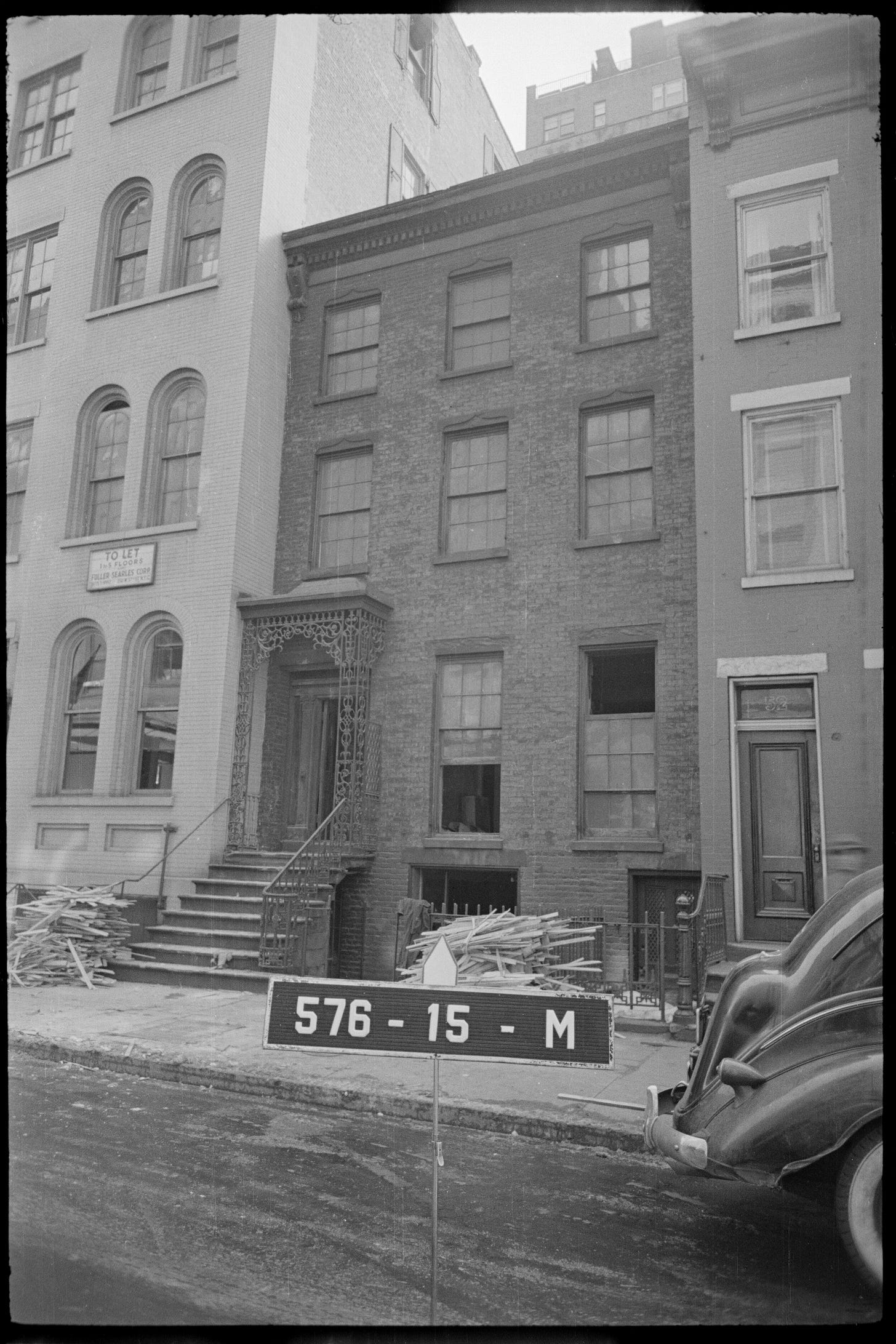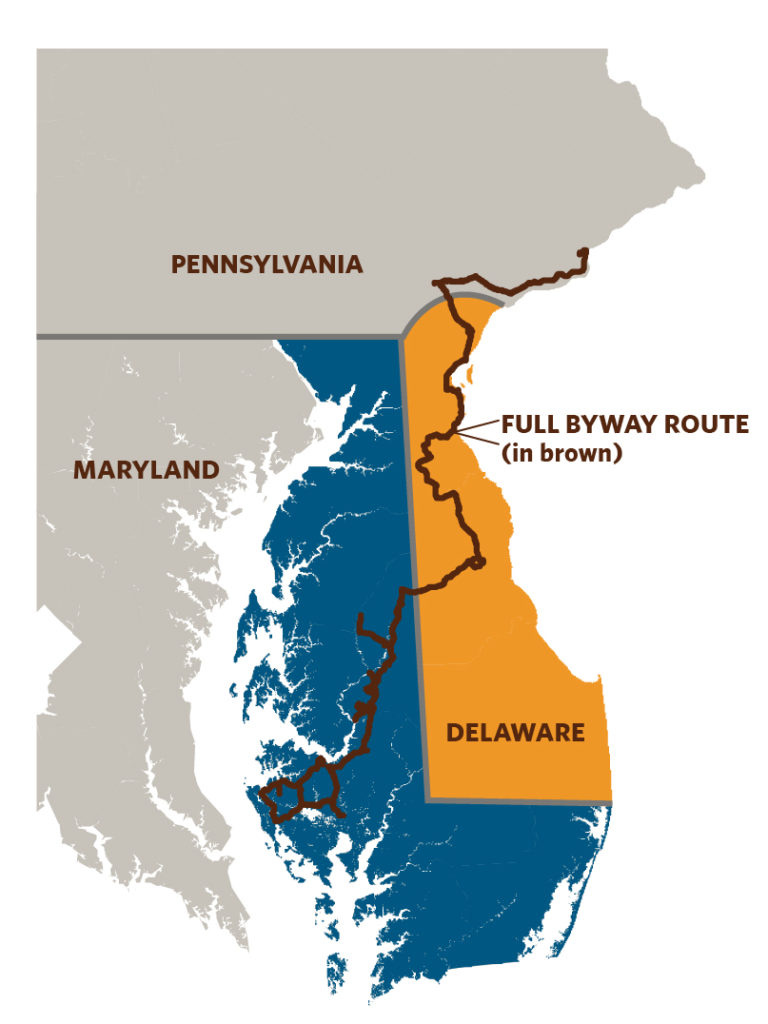Underground Railroad Free Press
News and views on the Underground Railroad • Vol. XVIIII, no. 108, July, 2024
Published bimonthly since 2006, we bring together organizations and people interested in the historical and the contemporary Underground Railroad. Free Press is the home of Lynx, the central registry of contemporary Underground Railroad organizations, and the Free Press prizes awarded annually for leadership, preservation and advancement of knowledge, the community's highest honors. Underground Railroad Free Press is emailed free of charge around the 15th of odd-numbered months. Readership is about 26,000. Reach us at http://urrfreepress.com/contact.html.
In This Issue
The 2024 Free Press Prizes Coming in September
An Upcoming Underground Railroad Walk
Preservation Success in Greenwich Village
End-to-end Harriet Tubman Trail Plans
A Well Reviewed Underground Railroad Play
Nominations Still Open for the 2024 Free Press Prizes
Winners of the 2024 Underground Railroad Free Press Prizes will be announced in the next Free Press issue on September 15. Do you know someone or an organization that has done good work in the international Underground Railroad community? If so, submit a nomination for a Free Press Prize. The nominating process is easy. See the links below for your nomination form. Nominations for the prizes will remain open through September 8.
The Underground Railroad Free Press Prizes
The prizes are the most esteemed honor bestowed in the international Underground Railroad community. The prizes recognize and honor the most outstanding contributions to contemporary Underground Railroad work in leadership, preservation, and advancement of knowledge. The prizes promote awareness and appreciation of contemporary Underground Railroad work to the general public, elected and other officials, governments, and key decision-makers by publicizing prizes and winners. As the prizes recognize that the Underground Railroad was an international enterprise, prize eligibility is extended to individual and organizational nominees from any nation.
Free Press Prize Winners
Since the first prizes were awarded in 2008, winners have run the gamut including a Pulitzer Prize winner, owners of historic safe-houses, historians, a library, a cartographer, a neighborhood organizer, a Fortune 500 CEO, a tour leader, husband-wife balladeers, two slave cabin cataloguers, researchers, and quite a few local enthusiasts working "in the trenches." Visit http://urrfreepress.com/index_files/Winners.pdf to meet and read about the prize winners.
The Underground Railroad Free Press Hortense Simmons Memorial Prize for the Advancement of Knowledge
Hortense Simmons, PhD, a close friend of Free Press, served on the Free Press Prize Panel of Judges advising on winner selection. She died far too young in 2010 of Lou Gehrig's disease. As a child, Dr. Simmons and her brother Ira lived as migrant crop pickers. Hortense Simmons became a much-esteemed Professor Emerita of English Literature and Ethnic Studies at California State University in Sacramento, and a multiple Fulbright Scholar posted to Ukraine. Ira Simmons was elected as a city councilman of Berkeley, California. This prize recognizes a significant addition to the store of Underground Railroad knowledge and may be awarded for a single contribution such as a landmark publication, a body of work, the arts, or creating or advancing a collection.
Eligibility: Individuals, legal entities such as corporations or nonprofit corporations, or informal groups from any nation. Download the nomination form at http://urrfreepress.com/index_files/Knowledge.doc.
The Underground Railroad Free Press Prize for Leadership
Recognizes outstanding present or past individual leadership of a contemporary Underground Railroad entity or cause, or leadership within the Underground Railroad community as a whole.
Eligibility: Individuals from any nation. Download the nomination form at http://urrfreepress.com/index_files/Leadership.doc.
The Underground Railroad Free Press Prize for Preservation
Recognizes a significant restoration of an Underground Railroad safe-house or route; or discovery or rediscovery of an important Underground Railroad site or sites; or significant promotion or advancement of the methods of Underground Railroad site preservation; or significant preservation or restoration of art, music, literature or other forms of remembrance of the Underground Railroad.
Eligibility: Individuals, legal entities such as corporations or nonprofit corporations, or informal groups from any nation. Download the nomination form at http://urrfreepress.com/index_files/Preservation.doc.
Chicago’s Latest Freedom Trail Tour
This a free event on Saturday, August 3, 2024, from 10:00 to 12:30. Meet at the Beaubien Woods Boat Launch, 134th Street and Little Calumet River, Chicago, Illinois 60827. Register soon as seating is limited.
The tour will be partly by bus, and partly by a hike requiring moderate walking. Please dress appropriately for the weather. Pre-registration for this free event is required as seating is limited. For further information, contact Tom Shepherd at Tomshepherd2001@yahoo.com or (773) 370-3305.
Join the Little Calumet River Underground Railroad Project experts and hear the fascinating and historically accurate story of the hundreds, perhaps thousands, of freedom seekers who traveled the Underground Railroad through the south Chicagoland region seeking freedom in the north prior to the Civil War. They often found refuge and replenishment with local abolitionists such as the Jan Ton family that owned a farm near Beaubien Woods Forest Preserve on the Little Calumet River, which we'll visit.
Leading this educational outing on the history of the Underground Railroad in the Calumet region are Professor Larry McClellan, foremost authority on the Underground Railroad in Northern Illinois, and Tom Shepherd of the Little Calumet River Underground Railroad Project.
The event is co-sponsored by the Forest Preserves of Cook County and the Calumet Heritage Partnership.
At Last, Success in New York City
In our last issue, we reported on how dawdling by the New York City government was imperiling protection of 50 West 13th Street where Black suffragist and educator Sarah Smith Tompkins Garnet had lived in the nineteenth century. The home is located in New York's Greenwich Village neighborhood. The city's Landmarks Preservation Commission had refused to landmark the Garnet-Day House for nearly three years during which time the 1846 home became increasingly dilapidated and endangered.
Village Preservation, a local preservationist nonprofit, had proposed and fought for landmark designation of the historic house since the death of its longtime co-owner Edith O’Hara in 2020, which left the fate of the iconic structure in doubt. Village Preservation’s research and documentation, submitted to the Landmarks Preservation Commission as part of the campaign, demonstrated the building’s extreme significance to civil rights and women’s suffrage history. The group's research proved that Garnet had lived there for at least eight years during a critical period of her life.
The home also has its Underground Railroad history. From 1858 to 1884, leading 19th-century Black businessman Jacob Day owned the home and lived there where he ran his business when Greenwich Village was the center of African American life in New York and the center of its largest Black population. Day was a leading crusader for abolition and equal voting rights for Black New Yorkers, as well as a leading supporter of institutions like the city's Abyssinian Baptist Church, then located in Greenwich Village. One of the city’s most successful Black businessmen and leading citizens, Day was whispered to have been involved in the Underground Railroad at the home.
At its June meeting, the Landmarks Preservation Commission finally took the first official step toward landmark designation of 50 West 13th Street. Next, a public hearing and vote on landmark designation must take place within a year. Nearly all such scheduled votes are successful and applicant properties approved for landmarking. At the current stage, initial safeguards to protect the building have been put in place. Landmark designation will protect the building in perpetuity.
Good work, Village Preservation. Andrew Berman is the Executive Director of Village Preservation.
One More State Plans Its Harriet Tubman Trail
The State of New York and the Underground Railroad Consortium of New York State have launched a project that will "connect the state's sites related to the Underground Railroad, National Park Service “Travel with Tubman” sites, and sites that showcase freedom seekers’ journeys through New York State, into one cohesive heritage tourism experience." The ultimate program goal is to seek New York State Scenic Byway designation. https://harriettubmancorridorny.com
Says the project's website, the Tubman Corridor will be a contiguous route between New York City and Niagara Falls, ending at the location where freedom seekers, including Harriet Tubman, crossed the international border to freedom in Canada. Downstate, the Tubman Corridor will point to the existing 125-mile Maryland/Pennsylvania/Delaware Harriet Tubman Underground Railroad Byways, and New Jersey's proposed Harriet Tubman Underground Railroad Byway. The Tubman Corridor’s ultimate vision is to link Tubman's full route from Dorchester County, Maryland, where she grew up to St. Catharines, Ontario, Canada. Shown here is her usual route.
Already well developed is Maryland and Delaware's Harriet Tubman Scenic Byway, a modern road linkage covering Tubman's historic escape route from the Harriet Tubman Underground Railroad Visitor Center in Church Creek, Maryland, near Tubman's birthplace to Wilmington, Delaware, where she would be met by famed Underground Railroad safehouse keeper Thomas Garrett. For an excellent interactive map of the Byway, visit https://www.nytimes.com/interactive/2017/02/24/travel/underground-railroad-slavery-harriet-tubman-byway-maryland.html.
From there, Tubman's route passes into Pennsylvania to Philadelphia and the home of Underground Railroad chronicler William Still. Then, rather than head straight north through Pennsylvania, Tubman would exit the state at New Hope and travel through New Jersey to the reach the closest point in the south tip of New York State. It was then safely all the way across the largest East Coast state, the longest leg of her journey, to Niagara Falls, the jumping off point to Canada. There finally, Tubman's charges would be safely out of reach from American slave catchers. Harriet Tubman would then rest at her home in Auburn, New York. https://www.nps.gov/hart/learn/historyculture/tubman-residence.htm
A Thrilling Musical about a Lesser-Known Part of the Underground Railroad
The following theater review of the play Mexodus was written by Washington Post Theater Critic Chris Klimek and appeared on May 20. Reprinted with thanks and appreciation. Mexodus debuted at Baltimore's Center Stage Theater in March.
“Mexodus” at Mosaic Theater Company works better as a showcase for two versatile musicians than as a history lesson, but it’s rife with potential.
Don’t call it a two-hander. “Mexodus,” a thrilling, multicultural hip-hop history lesson at Washington's Mosaic Theater Company, is performed by a mere duo, but their savvy use of samplers and other gear to record and instantly play back layer upon layer of vocal and instrumental sound is a force multiplier.
There are guitars and keyboards, an upright bass, an accordion and a trumpet onstage, which means co-creators Brian Quijada and Nygel D. Robinson (with the help of an attentive collaborator behind the mixing desk) can conjure up a pianist, keyboardist, bassist, accordionist and a trumpeter as needed. They explain all this to the audience in the S’up, D.C., we’re-not-yet-in-character opening moments of “Mexodus,” emphasizing they’ll be using this record-playback-repeat technique to assemble the show’s score in its entirety as we watch.
They also encourage the audience to make noise and to dance if they want to, establishing an expectation of etiquette more befitting a concert than a traditional, sit-quietly musical. This isn’t a new idea — “Islander,” a musical that ran at Olney Theatre Company last month, used looping to expand the sonic tool kit of its two actors in much the same way — but to see it executed as skillfully as Quijada and Robinson do it in “Mexodus” is still a bracing experience.
And that’s the slightly puzzling thing about Mosaic Theater’s new offering: It’s exceptional in form and intriguing in content, but those elements are in tension with each other in a way that keeps the show from hitting as hard as it might. Basically, Quijada and Robinson are both such charismatic and expressive singers, rappers and players, and their chemistry with each other so palpable, that the underreported chapter of American history they’re singing, rapping and playing about gets short shrift.
In part that’s because — as “Mexodus” repeatedly and, I’m sure, correctly tells us — credible documentation is tough to come by. That history concerns the less-publicized and less-traveled route of the Underground Railroad that ran south. An estimated 4,000 to 10,000 enslaved people fled the United States for Mexico between 1821, when Mexico won its independence from Spain, and 1865, when slavery was abolished in the forcibly re-United States. “Did you know this [stuff]?/ We didn’t know this [stuff]!” Quijada and Robinson rap in one early number, slightly cleaned up for quotation in a family newspaper.
Quijada and Robinson pivot between simply telling us all of this in song and dramatizing it via a vague narrative wherein Robinson embodies an enslaved man named Henry, who flees a plantation in Texas but is severely injured crossing the Rio Grande, while Quijada plays a Mexican sharecropper named Carlos who offers the wounded fugitive safety and shelter as he recuperates. But they both break character to interject anecdotes from their own lives that emphasize the long shadow of racism that still hangs over the purported land of opportunity into which they were born. Robinson recalls the interstate journey several of his relatives made to be present for his birth in 1993, while Quijada talks about being indoctrinated with fear of The Other on a long-ago car trip with his parents, when his mom tried to dissuade his dad from stopping for gas in a Chicago neighborhood she believed to be dangerous.
Here again there’s a disconnect, because both artists’ lived recollections are specific and persuasive, while the scenes involving the composite characters they’ve created for the 19th century story feel comparatively intangible. Designer Riw Rakkulchon’s set emphasizes the here-and-now above the historical narrative, too, placing towers of many different vintages of speakers on either side of a stage that’s otherwise made to resemble the barn in which Carlos conceals Henry from his pursuers.
“Mexodus” gets away with this because, again, Quijada and Robinson are gifted enough as performers to paper over these slight deficiencies in the writing. Quijada’s lyrical flow switches effortlessly between Spanish and English — no supertitles supplied or required — and his judicious, flamenco-style guitar playing can summon a mood of remembrance with just a few notes. Robinson’s expressive mien as a singer occasionally recalls the forceful vulnerability of John Legend.
The pair began working on “Mexodus” as a socially distanced collaboration in the summer of 2020, mere weeks after the police killing of George Floyd in Minneapolis. Though the show has had several in-person workshops, including one at Mosaic in December 2022, before this official world premiere in collaboration with Baltimore’s Center Stage, the modular quality of its various songs and narrative passages still reflects this origin.
None of this is a reason to stay home. Rather, it’s a plea to support this vital creation and hope that Quijada and Robinson will continue refining it into something that could be passed on to other performers in the future.











